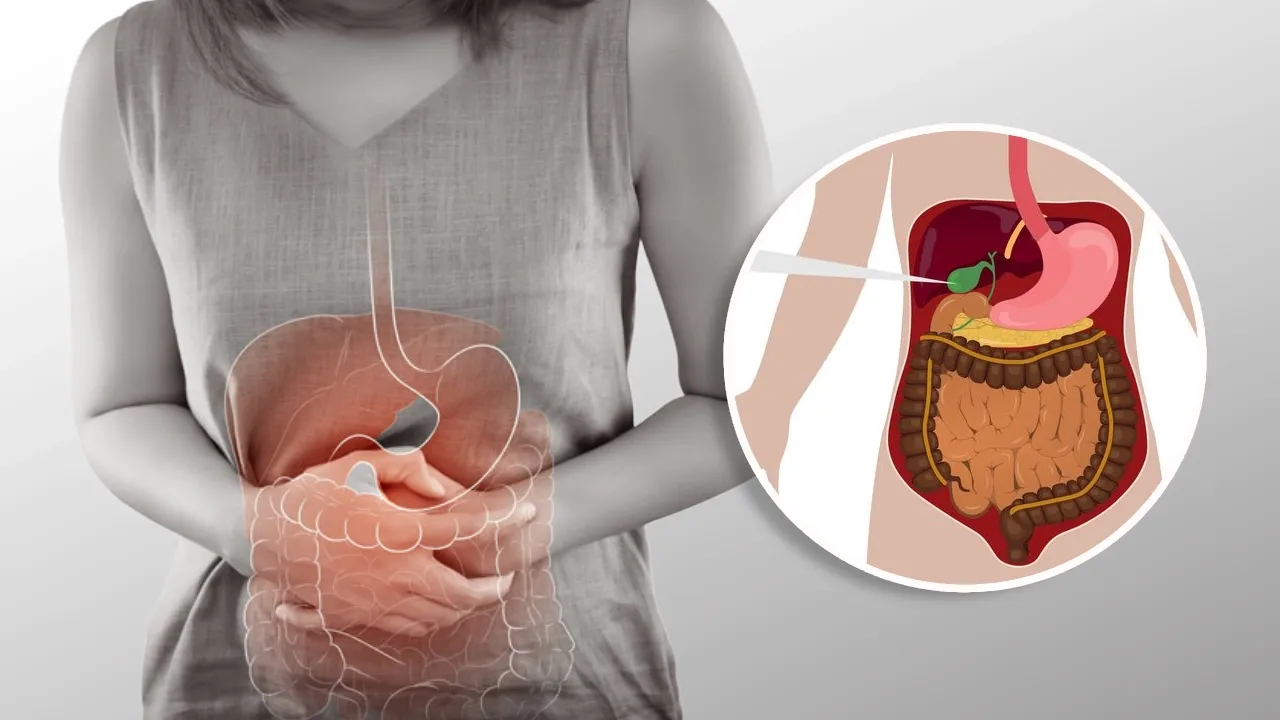Which size of gallbladder stone is dangerous in mm

Gall bladder stones, that are also commonly known as gallstones, are some of the dangerous health conditions, that will not only worsen your digestive system but can also affect your overall health. It is due to this reason that that you must have enough knowledge about gall bladder stones- the different sizes and types, which type is the most dangerous, the symptoms, when they need to be treated, and other necessary details so that you can easily get rid of these stones.
What should you know about gall bladder stones?
You may wonder what gall bladder stones actually are and how harmful they may be to your overall health and physiological functioning. In that case, the easiest explanation would be, gallstones are solid deposits of digestive fluids that disrupt your digestive system. Gall bladder stones can be of different sizes and the size will tell you when you need to get them operated and removed from your body to avoid any type of health complications.
There is nothing in fact, to worry about gall bladder stones, especially when they are small in sizes. This is because, many doctors opine that when gall bladder stones are small in size they may not pose as much threat as the bigger ones are expected to.
The sizes and shapes of gall bladder stones can vary between a small grain to the size of a golf ball, which might be as hard as a rock. Gallstones are in fact, known to occur quite commonly among people. So, it is important to know what you must be doing if you have developed gallstones, and most importantly, when you should be consulting a physician and get rid of the gallstones. This article will give you a detailed knowledge about gallstones, so read till the end to know all the necessary details.
What are gallstones made up of?
Gallstones are usually hard, pebble-like formations that are found to develop within the gall bladder of a person. If you are wondering what a gall bladder is, it is basically a a small organ that is situated in the upper right corner of the abdomen, right below your liver and comprises of one of the major parts of the digestive system of your body. A type of green-yellow liquid known as bile, which is one of the most important components of the digestive system is stored inside the gall bladder, that helps in proper digestion. Gallstones are mostly formed of components such as cholesterol and bilirubin, especially when they are present in an excess in the body and cannot be utilized properly.
What are the causes that you develop gallstones?
There might be various underlying health conditions and reasons that might be responsible for the development of gallstones, some of the common causes include the following:
1. Cholesterol:
Those people who have high amounts of cholesterol deposited in their bile will have greater tendencies for developing, what doctors often call cholesterol stones. This condition takes place when the liver produces more amounts of cholesterol which is not completely dissolved by the bile, and thus the excess cholesterol remains as surplus, forming stones in the gall bladder.
2. Bilirubin:
Bilirubin is a chemical component that is secreted by the normal breakdown of red blood cells or RBC. Once bilirubin is formed in the body it goes through the liver and is excreted out of the body. The gallstones that are formed are generally hard and are often dark brown or black in colour and they develop inside your gallbladder when it cannot break down the excess amounts of bilirubin.
What are the different sizes of gallstones?
Gallstones can be of different sizes, based on the amounts of fluid deposition and the time (that is how much longer) taken for the stones to form inside the gall bladder of a person. Though small gallstones are not majorly harmful like the large ones, they can also often lead to health problems even without causing any significant amount of pain. Below is the complete list according to the sizes of the gallstones that are known to develop in the gall bladder that will give you an idea about which size can be of the most dangerous one:
1. Less than 5 mm:
If there is a gallstone in your gall bladder that is less than 5 mm in size, then there might not be any apparent harm to the functioning of the gall bladder, but they can affect the pancreas, by blocking the organ. So, in such cases, one may suffer from mid to sharp pain. So, it can be said that a gallstone that is less than 5 mm in size can be of low risk to your health.
2. 5 to 10 mm:
If your gallstone is 5 to 10 mm in size, then according to many health care professionals, the stones can pose medium risk to your overall physiological functioning and digestive system. If the size of your gallstone is somewhere between 5 to 10 mm, then the stones are most likely to block the bile ducts which can cause pain and inflammation in the body.
3. 10 to 20 mm:
The risk increases when the size of the gallstone is around 10 to 20 mm, because if the gallstone increases to this size, there can be high chances of developing infections in the gall bladder, which is known as cholecystitis.
4. 20 to 30 mm:
This is a large sized gallstone that can be of high risk for your digestive and overall health. Such stones need to be operated by consulting a surgeon once they are diagnosed, because along with severe risks of inflammation in the body, such sizes of gallstones can lead to the risks of gall bladder rupture.
5. More than 30 mm:
This is an extreme condition of gallstones with very high risk for the patient, so when the size of gallstones increase to 30 mm or more, then there will be very high chances of developing cancer in the gall bladder, along with other types of health complications as well, such as complete blockage in the bile duct.
What are the symptoms when gallstones become dangerous?
Now that you know about the different types of gallstones, it is important for you to understand when and how you would know that your gallstones are turning dangerous and when you need to consult a doctor and a surgeon to get it treated and remove the stones from your body.
It is known that the symptoms of gallstones may differ from one person to another, depending on various types of factors, such as the condition of the person’s health, the size of the gallstone, the condition of the gall bladder, and so on. But still, there can be certain common signs that will tell you that you are developing gallstones. Some of the most common and the major symptoms that let you know that your gallstones are turning dangerous include the following:
Feeling sick along with frequent vomiting
Fever and chills
Urine becomes dark in colour
Yellowing of your skin and eyes
Stool becomes light-colored
Loss of appetite
Frequent indigestion and heartburn
Feeling bloated
Stomach upset
Sudden, sharp pain in the upper right abdomen that extends to the right shoulder or back.
It is important to remember here that though the sizes of gallstones matter in deciding whether the health condition of the patient is turning to be severe or not, there can be other accompanying health conditions that can increase the risks. For instance, people who have conditions like type 2 diabetes, obesity, anemia, or those people who are in their old ages are at more risks with increased sizes of gallstones compared to others.
When do you need to consult a doctor?
Apart from these signs, there are also different types of symptoms that can tell you when you need to contact a doctor for getting your gallstones treated or when you will require a surgery for removing the stones, some of which include the following:
Intense stomach ache for a prolonged period.
Yellow skin and eyes turn to jaundice
Abdominal pain along with fever.
Vomiting and feeling nauseous.
Problems with urine and stool
Pain in the abdomen become intense that you are unable to find any comfortable positions.
High palpitations or pulse rates along with sweating.
Treatment measures for high-risk gallstones:
In most cases, when the gallstones are in small sizes, then doctors usually recommend necessary medicines to their patients to get the conditions treated, but when the stones are gradually developing and increasing in size, then doctors and surgeons will suggest the following treatment options after proper diagnosis:
1. Surgery:
Doctors usually recommend patients to go through surgical procedures when the removal of gallstones become necessary- which may include a laparoscopy surgery or a gall bladder- removal surgery.
2. Non-surgical procedures:
Besides suggesting medicines as non-surgical treatment options, doctors may also advise you to go through procedures like bile-duct drain, shock wave lithotripsy, endoscopic retrograde cholangiopancreatography or ERCP, and so on.
